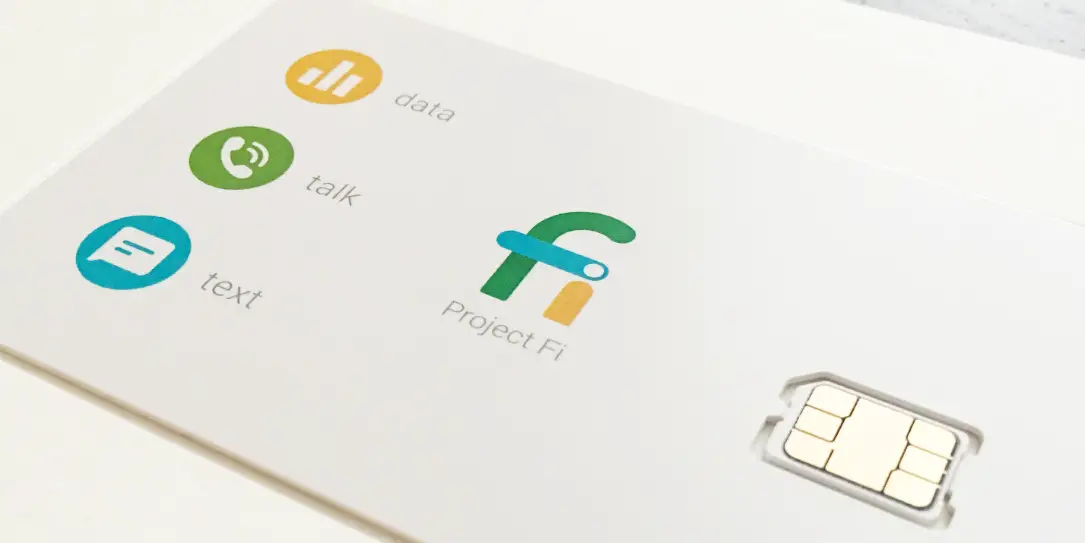There have been lots of articles about Google’s Project Fi. Some cover what it’s about, some are short term reviews, but not much about those of us who have used it longer than a week or two. And that’s where I come in. After about a month on Project Fi, I have a pretty good idea of how it should work and how it does. Let’s take a look. But, for those who aren’t familiar with it, let’s start with a comparison of Project Fi to what other carriers offer.
First, Project Fi is what’s called an MVNO and it’s, so far, US only. And, no, I’ve never bothered to find out what those letters stand for. But MVNO is a fancy way of saying that a company leases access to cell coverage built by someone else. The “big four” are, of course, Verizon, AT&T, T-Mobile, and Sprint. They build towers of their own and create their own cell coverage. Then, companies like Straight Talk, Boost Mobile, MetroPCS, Cricket Wireless, or Project Fi will lease access, then sell it to us at a discounted rate.
Usually, an MVNO will offer access to one carrier. Sometimes, we get a choice of which “big four” carrier takes us through our communications day. That’s part of the niche Project Fi falls into, but it’s also where it starts to part ways with all the other MVNOs. Google made agreements with both T-Mobile and Sprint. If that sounds strange, it’s not. We’ll explain that some other time. But Project Fi gets even more unique.
I’m not sure if it’s because of T-Mobile’s wifi calling or if Google created their own version, but Project Fi switches to the strongest signal for calling — wifi, T-Mobile, or Sprint. And it prioritizes wifi for data, which we’ll see is important.
Most carriers use a set of tiered plans, with the lowest rates having set amounts of call minutes, number of text messages, and amount of data. Here’s where Project Fi differs from every other US carrier. Every Fi plan starts at $20 per month for unlimited talk and text. That doesn’t include data. Data is $10/Gigabyte per month. The customer selects a whole Gigabyte amount of data to add to the plan. And, yes, you must add at least the lowest data level. So, the bottom plan is $30 per month for unlimited talk and text, plus one Gigabyte of data. But that’s where it gets even more interesting. I seem to have a lot of buts, don’t I? But each one is in our favor, including this last one.
Remember I said Project Fi prioritizes wifi for data? Well, it turns out that they don’t limit their accounting to whole Gigabytes. If you go over, you get charged the overage. If you’re under, you get credited what you don’t use. And that’s where the prioritized wifi comes in. Most of us have our smartphones connected to wifi at home, at work, and at least at some of our favorite coffee places and restaurants. Google has some found open wifi locations that it considers safe. Project Fi will automatically connect to those. So, how much plan data you use is very much determined by how much time you have wifi access.
Calls will use whatever signal is strongest. So, if you’re connected to wifi, and that’s stronger than the T-Mobile or Sprint signal, the plan uses wifi to call. The idea is to give you the greatest calling coverage possible. And if wifi is the best way, that’s what Project Fi will use. Their info pages also say it will seamlessly switch between them, changing to the strongest signal.
Along with everything else, Project Fi now supports some tablets. Specifically, the LTE models of the Nexus 7, Nexus 9, iPad Air 2, iPad Mini 4, and Galaxy Tab S. Those get data-only sims for the same $10 per Gigabyte.
One final note here. So far, only the three latest Nexus phones have the electronics and software logic to handle how Project Fi does things. So, if you’re thinking “That would be great for my iPhone,” or Blackberry, or other Android phone, no such luck.
So that ought to give you some idea of the ins and outs of Project Fi. Next time we’ll get into my personal experience with Project Fi, along with what some others have said.
Last Updated on November 27, 2018.











Comments are closed.